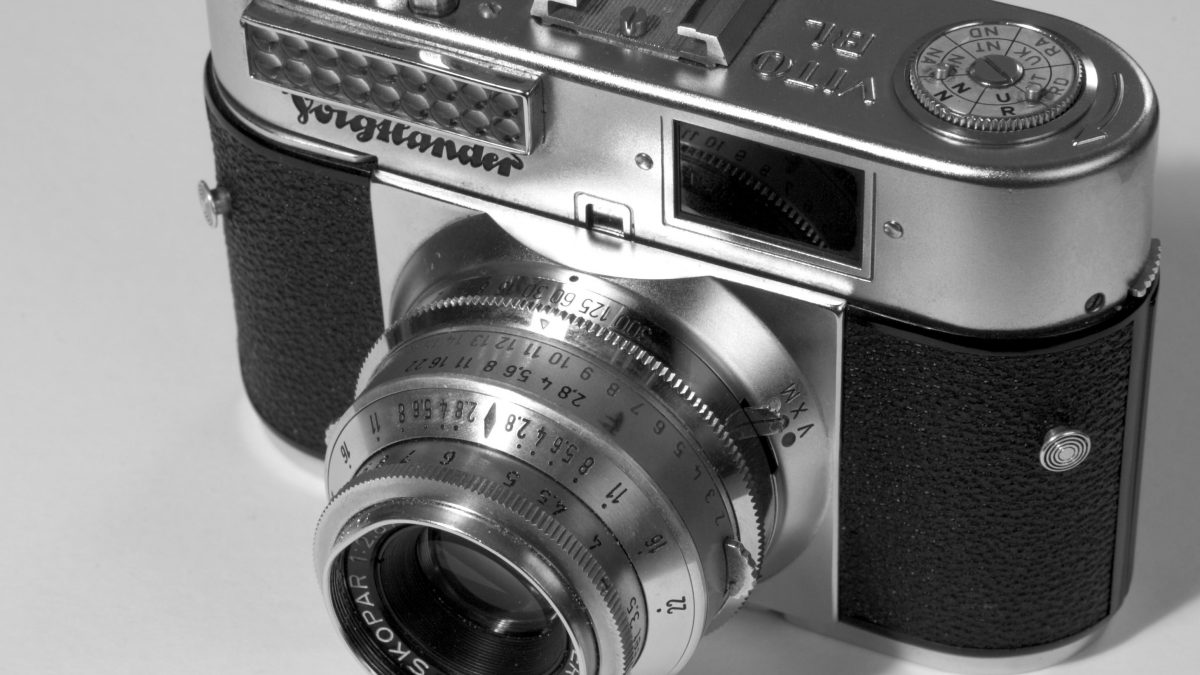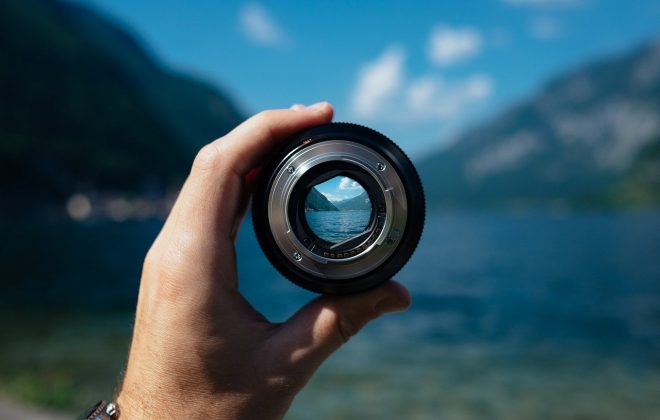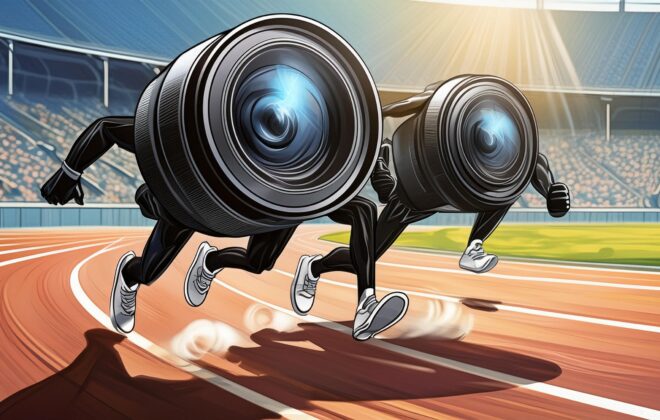Digital vs. Film Photography
Traditional photographers might say film is a better way to go when it comes to quality. While anyone who uses a digital camera can attest, the ease of use and instant feedback of digital files far outweighs the cost and hassle of film. Yet there is still a market for film photography equipment for those who love to stand in a darkroom.
Digital Pros
The major advantage to digital photography is the instant feedback. As soon as the picture has been taken, it is possible to view on the camera’s viewfinder and adjust the lighting, focus, or poses as needed before quickly re-shooting.
While pictures taken with film cameras can be scanned and edited on a computer, a digital camera or memory card can be plugged directly into the computer, uploaded and edited or printed. Plus, digital cameras allow the user to make basic adjustments directly on the camera.
Norman Koren stated, “Prints captured on digital cameras have a three-dimensional quality rarely seen in prints from film originals.” Although this statement is debatable, it is valid to say that a high quality, 11+ megapixel camera will generally outperform a 35mm.
Digital cameras can store digital files in less space than files of film negatives. A digital camera user only needs one or two memory cards in a pocket to hold hundreds of images. A film user would need to carry a bag of film around for the same number of images.
Digital Cons
Organizing and editing film takes less time than digital. This might seem counter-intuitive, but Norman Koren did a comparison of 290 shots, finding that a digital uploading, sorting, organizing and printing took about six hours, while further batch processing took an additional four hours. Furthermore, it took Koren only two hours to do similar tasks with film.
Storage can be an advantage to digital files, but it can also be a disadvantage. Since most digital cameras take a 10 + megapixel image, the hard drive space needed on a computer or external drive is always increasing. Plus, if a photographer is saving RAW, PNG or TIFF files, they are taking up even more space.
Most digital cameras are only useful for a few years before something better comes along that instigates upgrading. Professional digital cameras are not cheap, plus faster memory cards, external flashes, and other add-ons increase the cost.
Film Pros
Personally, I feel that a black and white image taken with a film camera has a nicer quality than black and white images processed on a computer because of the ability to represent greater variation between light and dark. However, there are filters and effects that can be applied in photo editing software to imitate this look.
Dark room work has a certain level of nostalgic joy to it that many photographers still cling to. To some, the satisfaction that you can derive from processing and printing your own film and prints is more rewarding than sitting in front of a computer and pressing the print button.
Once a person buys a good camera, it will last for years. Forgoing the cost associated with buying a new digital camera every few years to keep up with trends. Lenses may also need to be purchased, but if they are well taken care of, they will also last beyond the life of the photographer.
Film Cons
The obvious disadvantage to film is solved by the primary advantage to digital cameras: users can’t be sure the picture turned out until it is developed, possibly not being able to reproduce if it doesn’t turn out. When shooting with film, the user has a limited amount of images on each roll of film before they have to change rolls while shooting, which could result in missing a good shot.
Film is getting more expensive per roll as manufacturers are going out of business or choosing to no longer produce film. And it is something that needs to be bought on a regular basis and can quickly add up.
Which is Better?
With the decreasing availability of film cameras and film for those cameras, some might feel that film will eventually become obsolete. Yet with the use of medium format and large format film for a small segment of the market, and the popularity of film photography groups on sites like Meetup.com, film could end up filling a void for those who love nostalgia, just as the LP has slowly made a comeback for audiophiles.
The market is dominated and will continue to be dominated by digital, point-and-shoot cameras and digital SLR cameras. The quality, in most cases, has already passed what a person could get with 35mm film and the cost/benefit far outweighs that of a film camera.
Tags In
Related Posts
Leave a Reply Cancel reply
This site uses Akismet to reduce spam. Learn how your comment data is processed.
Categories




